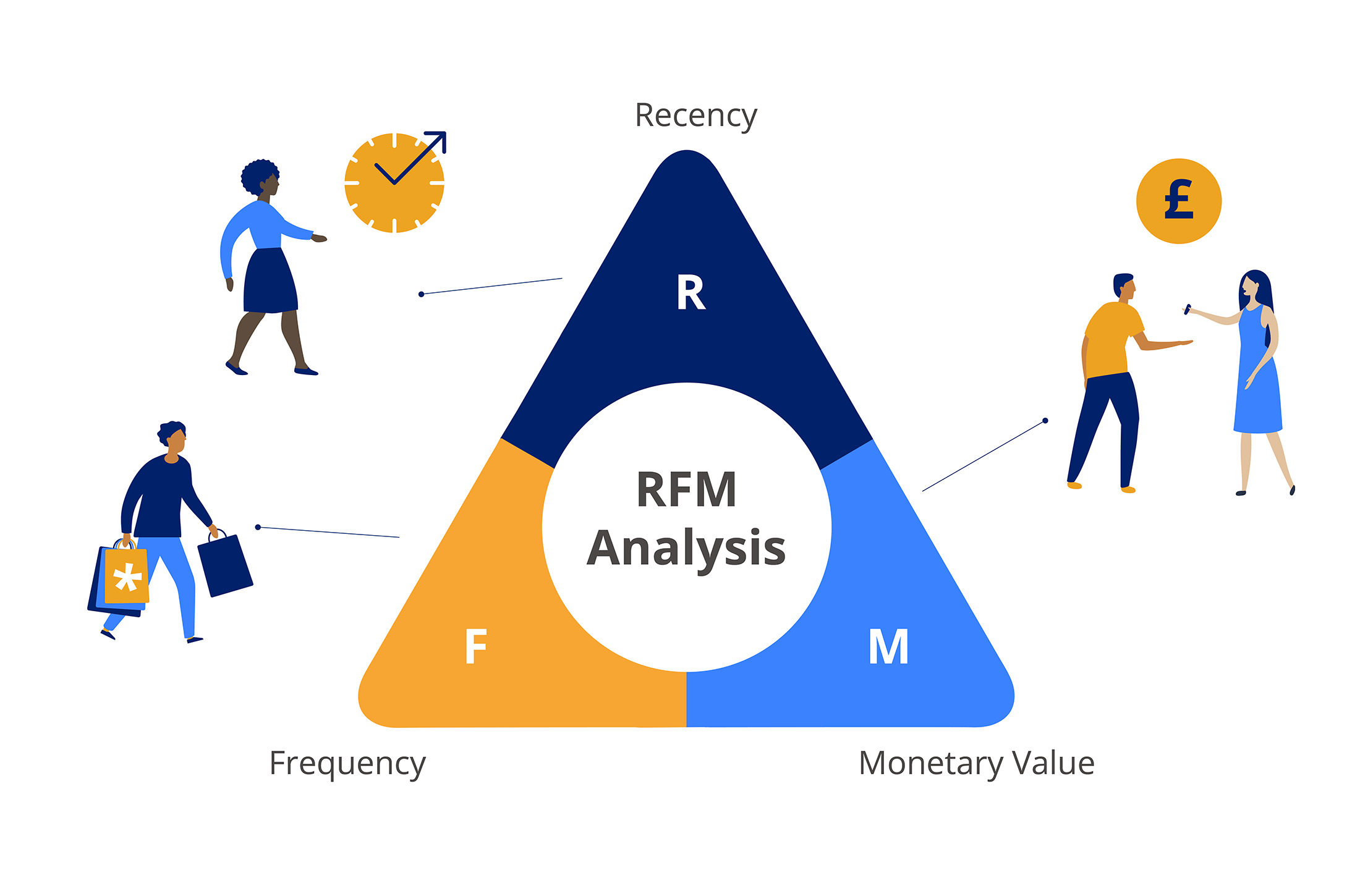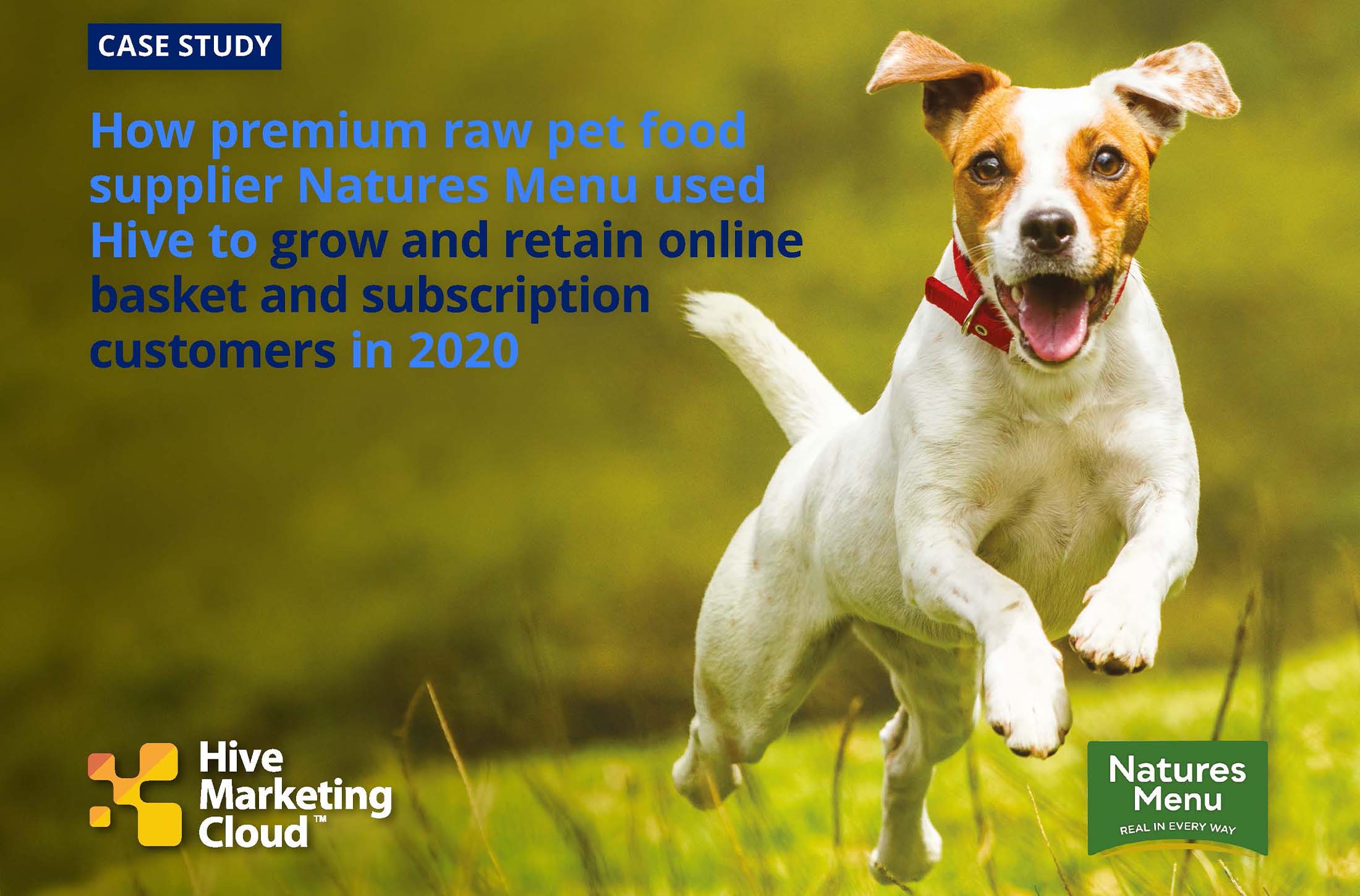Does B2C Marketing Planning for 2023 leave you guessing?
Are you looking for a way to plan your marketing strategy for the new year based on customer insight? Learn how RFM analysis allows you to allocate budget and resources, up-sell, cross-sell and much more in a way that is fitting for each customer segment.

How to plan your marketing for the New Year based on customer insight?
The only thing that seems certain right now is uncertainty. And when the tough gets going every marketer must double-down on taking care of their existing customers.
But how to do this is in an intelligent way? You have tens of thousands of customers; you know a few things about some, and a lot more about others? However so many of the data points at a marketers disposal are inferred, or based on spurious clicks and opens that often become anonymous beyond the initial customer engagement.
What if you could generate genuine customer insight based on the intelligence you already hold? And even if you could get this, how would it help?
RFM Analysis stands for Recency, Frequency and Monetary value analysis. It is analysis that is conducted on your consolidated marketing and customer purchase data in order to determine a customer’s relationship style with you as an organisation. But the analysis doesn’t return some kind of engagement score. Rather it is capable of determining meaningful customer segments, based on hard facts, that allow you to allocate budget, resources, up-sell and cross-sell initiatives and many more in a way that is fitting for the customer segment.
Scores are determined on the following specific customer activities:
- Recency (R) – period since last purchase
- Frequency (F) – number of transactions
- Monetary (M) – total money spent with your organisation, often called Customer Lifetime Value (CLV or CLTV)
Would you treat customers that buy high value items often, differently to the customers that buy low value items from you frequently…. Or perhaps differently to customers that buy infrequently but always do so at an especially high value? And what about your low value customers, how would you wish to treat them? Not alienating them with promotions for very high value items would be a great start. And what if you could see how the trends move over time (for example the customer journey with your organisation), or even the movement of customers through segments at a brand level – if you manage multiple brands this is really empowering.
Because RFM segmentation is ‘live’, in other words it is a dynamic score that flexes and adapts as your customer behaviour adapts, you can always be sure of targeting customers in the most appropriate ways.
So get your 2023 off to the right start. Download the RFM analysis Guide for Marketers now from Hive Marketing Cloud – Download Now!













